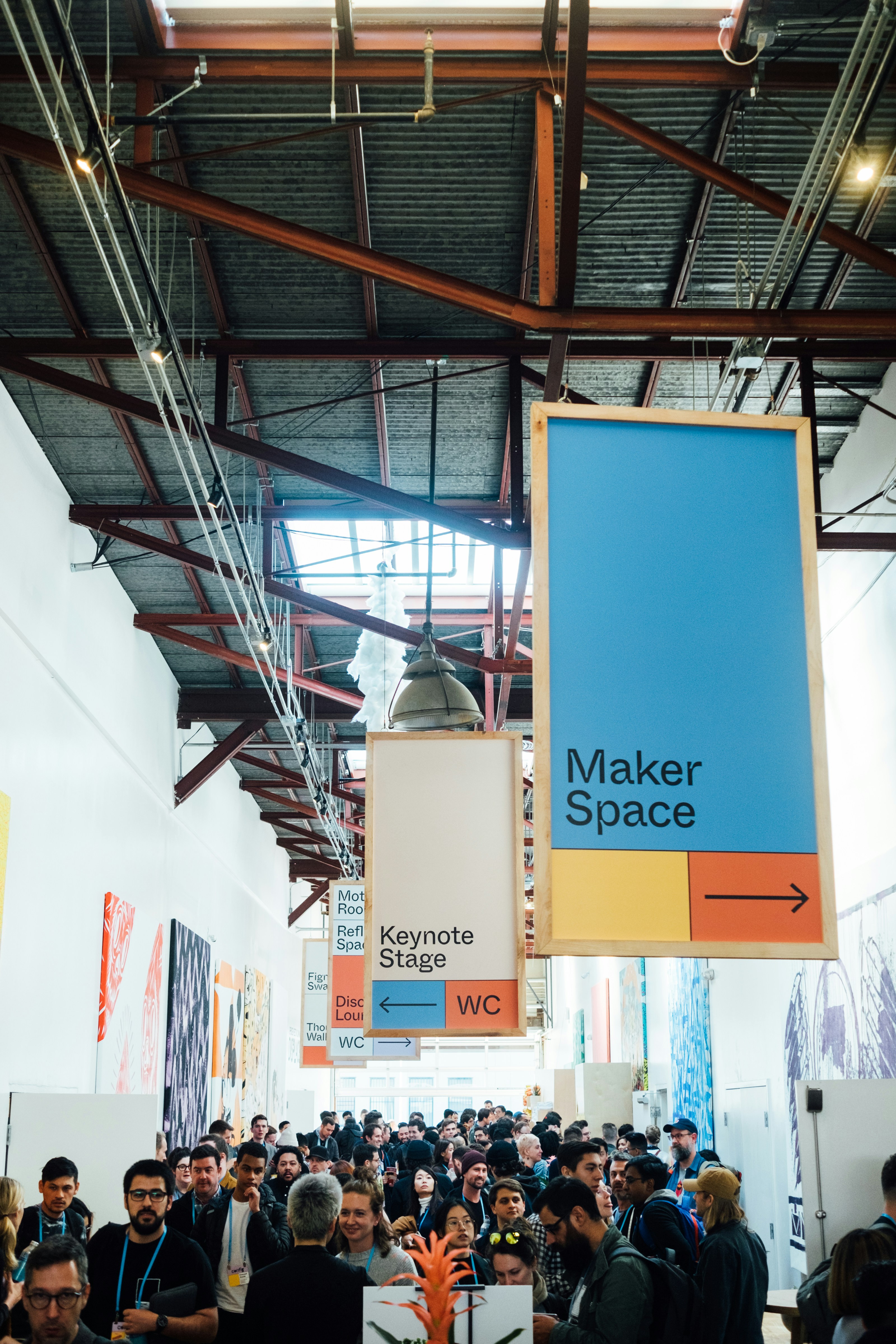How to Create a Segment of One?
In today’s fast-paced digital world, effective marketing requires not just creativity but the ability to seamlessly integrate data-driven strategies with cutting-edge technology. At the forefront of this evolution stands Cube, a data analytics company transforming the landscape with its innovative use of AI in marketing. Let’s dive into the key insights shared during a recent workshop hosted by Arjun & Brenda that sheds light on the integration of algorithms in marketing and the remarkable impact on customer engagement and personalization.
Integrating AI in Marketing: A Game Changer
The workshop kicked off with an introduction to Cube’s revolutionary approach to integrating algorithms in marketing strategies. Brenda, head of marketing at Cube, and Arjun Saksena, shared their journey in utilizing AI to foster personalized experiences and enhance customer interaction. One significant aspect highlighted was the fusion of data analytics with creative workshops to develop personalized marketing skills. With AI, traditional marketing took on a dynamic dimension, allowing companies to engage customers more interactively and informatively.
Personalization and the Three-Dimensional Customer View
A key takeaway from the session was the concept of viewing customers through a three-dimensional lens. The idea is to categorize customers based on their actions within the product, their demographics, and their origin. This holistic view creates a dynamic “three-dimensional cube” where customers can be tracked and engaged more effectively. By understanding these parameters, marketers can auto-apply segments that adapt as customer behaviors or contexts change.
The Importance of an Agile Cohort System
Cube’s approach involves dynamic cohort segmentation, allowing marketers to run analyses frequently and adjust strategies in real-time. By adopting a human-readable cohort model, the team at Cube can develop personalized content that resonates with each user segment. This agility helps avoid the conventional silos between data science tools and direct customer interactions, fostering a seamless customer journey.
Overcoming Activation Challenges through Strategic Engagement
Brenda elaborated on the challenges faced in activating customers, emphasizing the significance of personalized communications. The issue of low engagement was tackled by implementing AI-driven strategies that adjusted according to the customer’s journey stage. This resulted in enhancing email engagement rates and, more importantly, reduced drop-off during the activation process. The quest for achieving that pivotal "aha moment" for customers became a focal point, paving the way for smoother transitions from acquisition to activation and monetization.
Crafting Content Strategy and AI-Powered Optimizations
Content is king, but its effectiveness is magnified by a well-structured strategy. The meticulous organization of content, aligned with Cube’s campaign, sequence, and email strategies, was pivotal in pushing customers through critical milestones. The integration of AI in this process, though requiring significant initial input, allowed for continuous optimization and refinement of marketing strategies. This AI-powered personalization significantly drove engagement, as evidenced by doubled, and sometimes tripled, performance metrics.
The Future: Streamlined AI-Integrated Marketing
The insights shared highlight the evolving landscape of AI in marketing. While the journey at Cube is still unfolding, the positive early indicators offer hope and motivation. Doubling open rates and a substantial rise in click rates underscore the potential of AI in transforming customer journeys.
Conclusion: Embracing the AI Era in Marketing
As we navigate this exciting era of AI-driven marketing, companies like Cube exemplify the potential of marrying technology with innovative strategies. The road ahead promises even greater integration and personalization, offering marketers a powerful toolset to create meaningful and impactful customer interactions. With AI, the future of marketing is not just here; it’s being revolutionized in real time. As these advancements continue, the potential for businesses to connect more deeply with their audiences is limited only by their imagination and willingness to embrace these technological advancements.
Download Slide Deck here

March 12-13, 2025
San Francisco, California, USA


